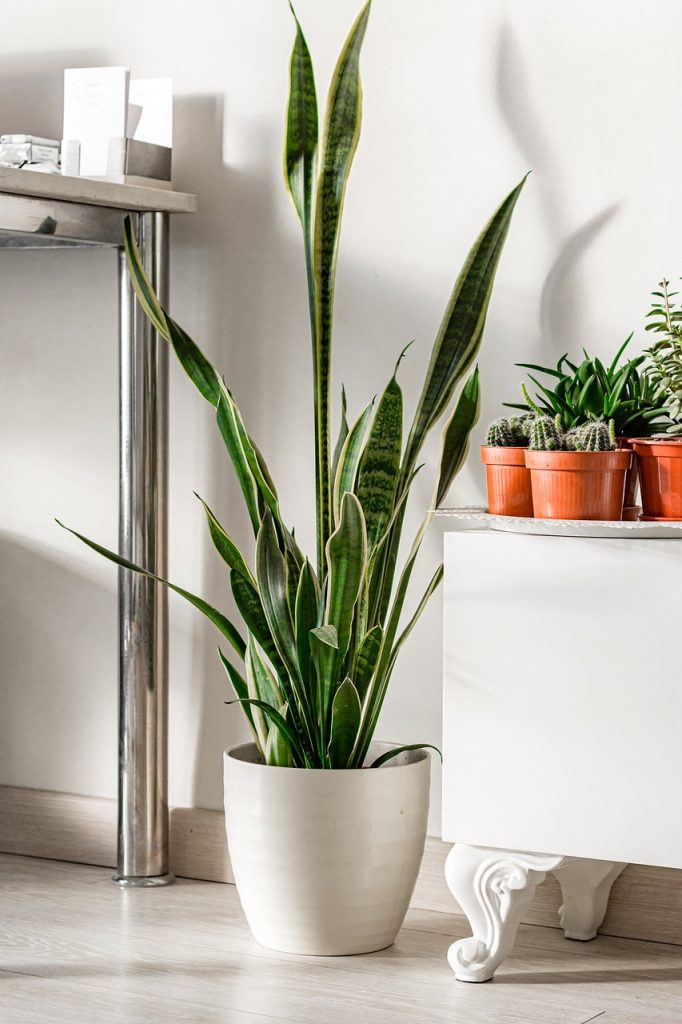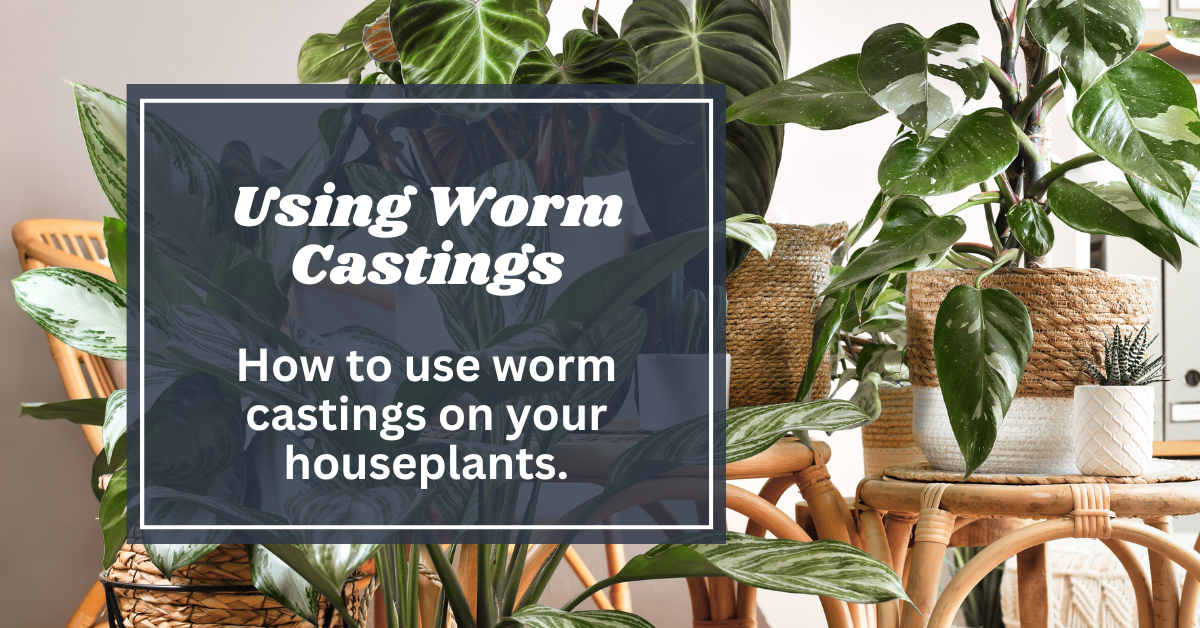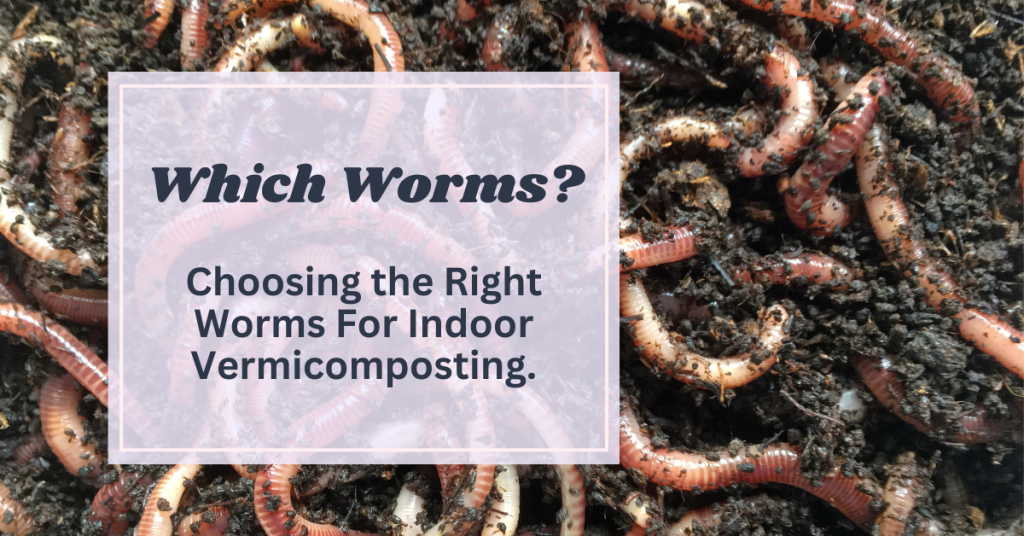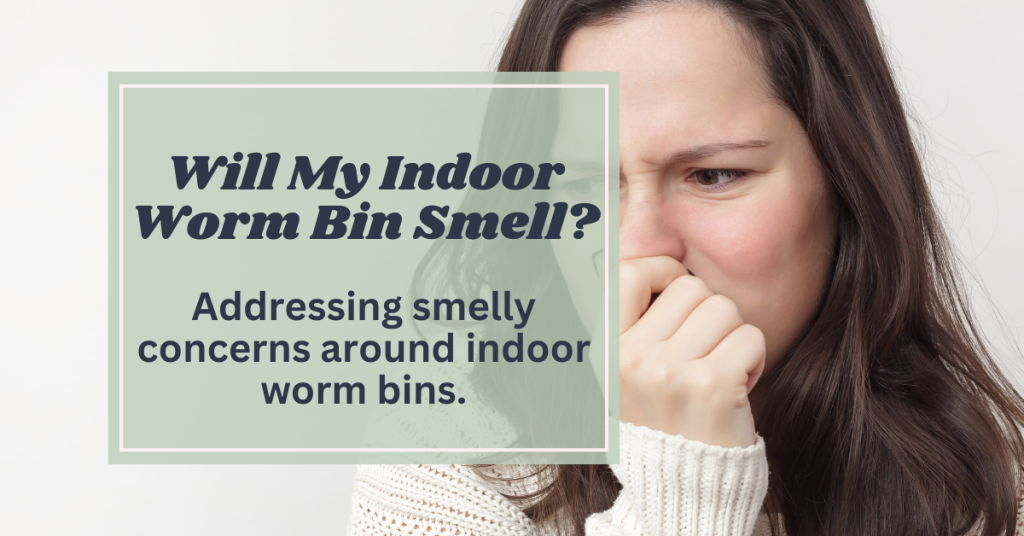Worm Castings for Houseplants
Please note that this post may contain affiliate links, which means we may earn a commission if you make a purchase through our links, at no extra cost to you. Learn more.
Worm castings are a natural, nutrient-rich fertilizer that can work wonders for houseplants. As worms break down organic matter, they produce castings that are packed with essential nutrients and beneficial microbes. These castings help houseplants thrive by improving soil structure, boosting plant growth, and promoting healthier roots. Whether you’re new to vermicomposting or looking for an organic way to boost your plant care routine, worm castings are an ideal choice for keeping your houseplants happy and vibrant.
Why Worm Castings are Beneficial for Houseplants
Worm castings offer a wide range of benefits for houseplants, making them a superior option compared to synthetic fertilizers.
Firstly, they contain a balanced mix of essential nutrients such as nitrogen, phosphorus, and potassium, along with trace elements like calcium, magnesium, and iron. These nutrients are slowly released into the soil, making them readily available to plants without the risk of over-fertilization.
In addition to nutrients, worm castings are rich in beneficial microbes that enhance soil health. These microbes help break down organic matter further, improving nutrient availability and boosting plant growth. Castings also improve the soil’s ability to retain moisture, ensuring that your houseplants stay hydrated for longer periods.
How to Use Worm Castings for Houseplants
There are several effective ways to incorporate worm castings into your houseplant care routine:

Top Dressing Method
One of the simplest methods is to sprinkle a layer of worm castings directly on top of the soil in your houseplant pots. This allows nutrients to gradually seep into the soil as you water your plants. Aim for about a quarter-inch layer, and reapply every few months to keep the soil enriched.
Mixing with Potting Soil
If you’re starting new plants or repotting existing ones, consider mixing worm castings with your potting soil. A good ratio is about one part worm castings to three parts potting mix. This ensures that your plants receive nutrients from the very beginning.
Repotting
When repotting houseplants, incorporate worm castings into the soil mix. This not only provides a nutrient boost but also enhances soil structure, leading to healthier root systems.
How Often to Apply Worm Castings to Houseplants
The frequency of applying worm castings to your houseplants depends on the type of houseplants you have and their specific nutrient needs.
For most houseplants, a top dressing of worm castings every 2-3 months is sufficient to maintain healthy growth. If you’re mixing castings into the potting soil during repotting, you can expect the nutrients to last for several months.
For fast-growing plants or those in larger pots, consider reapplying every 1-2 months to ensure they have access to adequate nutrients. Always monitor your plants for signs of nutrient deficiency or excess, and adjust your application frequency accordingly.
Signs Your Houseplants Are Happy With Worm Castings
Once you start using worm castings, you’ll likely notice positive changes in your houseplants. Here are some signs that indicate your plants are thriving:
New Growth
One of the most obvious signs is the appearance of new leaves or stems. Healthy plants will produce fresh growth as they benefit from the nutrients in worm castings.
Greener Leaves
Worm castings can enhance the color of your houseplants’ leaves. You may notice that the leaves become a deeper, richer green, indicating improved chlorophyll production due to better nutrient availability.
Stronger Roots
If you gently check the root system when repotting or inspecting your plant, you may find that the roots are thicker and healthier. Healthy roots are crucial for nutrient uptake and overall plant vitality.
Vibrant Flowers or Fruits
For flowering or fruiting houseplants, you may see an increase in blooms or fruit production after applying worm castings, as the added nutrients promote flowering and fruiting processes.
Signs of Excess Worm Casting Use
While worm castings are beneficial, too much of a good thing can lead to issues. Here are some signs that you may be overdoing it:
Overly Moist Soil
If the soil feels consistently soggy or waterlogged, it may indicate that the worm castings are retaining too much moisture. This can lead to root rot and other moisture-related problems.
Leaf Discoloration
Yellowing leaves can be a sign of nutrient burn, which may occur if you’ve added too many castings. In extreme cases, the tips of leaves may even turn brown.
Fungal Growth
Excess worm castings can create a humid environment that encourages fungal growth. If you see mold or mildew developing on the surface of the soil, it may be time to reduce your application of castings.
Stunted Growth
Ironically, too much nutrition can hinder plant growth. If your houseplants stop growing or seem to be struggling despite nutrient-rich soil, it might be due to excess worm castings.
Key Takeaways
- Worm Castings Are Nutrient-Rich: Packed with essential nutrients and beneficial microbes, worm castings are an ideal natural fertilizer for houseplants.
- Easy to Use: Incorporate worm castings through top dressing, mixing with potting soil, or during repotting to boost plant health.
- Frequency Matters: Apply worm castings every 2-3 months, or more frequently for fast-growing plants, to keep them well-nourished.
- Watch for Positive Signs: Look for new growth, greener leaves, stronger roots, and increased blooms or fruit as indicators that your houseplants are thriving with the help of worm castings.
- Be Cautious of Overuse: Signs of excess worm casting use include overly moist soil, leaf discoloration, fungal growth, and stunted growth. Monitor your plants to ensure they’re receiving the right amount.
By using worm castings thoughtfully, you can help your houseplants flourish and create a vibrant indoor garden.









